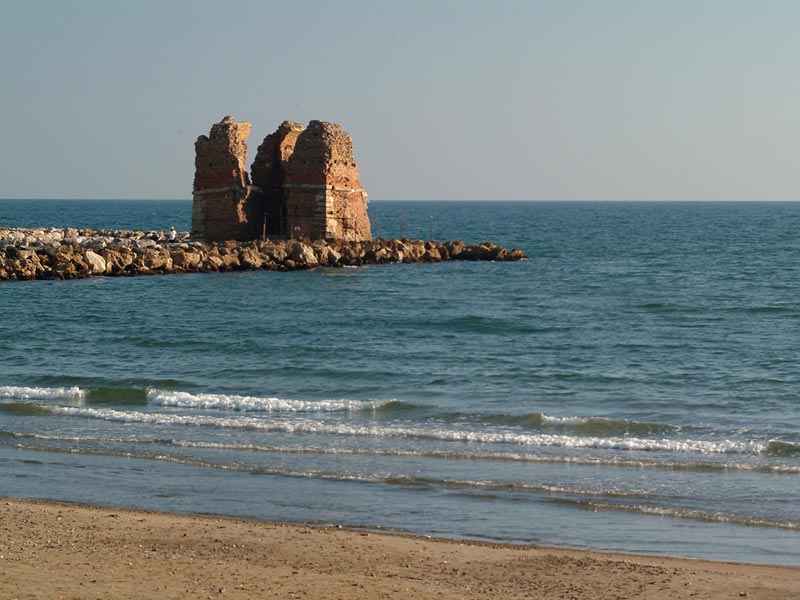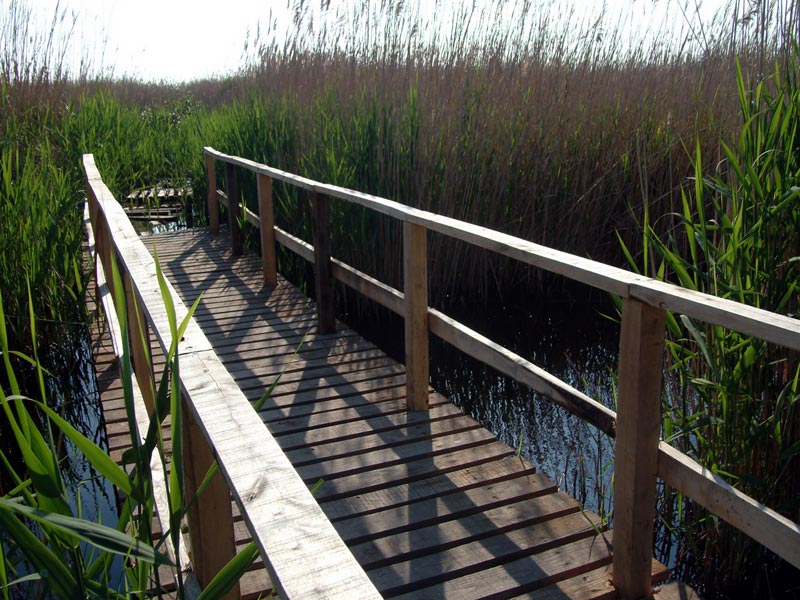Points of Interest
Monuments of Historical-Archaeological Importance
The name of the Palude derives from the ruins of the ancient Torre Flavia, a square-plan Renaissance tower built - probably on the remains of a more ancient building - by cardinal Flavio Orsini in the 16th century, according to the will of Pope Leone X within the defensive system of the Papal State and in close connection with the Castle of Palo housing at that time a garrison. It is interesting to notice the movement of the Tower from the coast, which is probably the most immediate sign of the coastal erosion: situated inland in the 16th century, lapped by the sea in the first half of the 20th century, nowadays the tower is linked to the dry land by an artificial ballast. The Tower has been damaged by a bombing carried out during World War II.
Further information (Italian text)
Ladispoli
Imperial Villa in Marina di San Nicola
Remains of a
building of considerable dimensions, probably belonging to Pompeius,
the sworn enemy of Caesar; however, it is certain that during the
imperial period the villa belonged to emperors of the Antonini and
Severi dynasties.
Odescalchi Castle (it can be visited only outside)
Belonging to the ancient and noble homonymous family, it is a building
dating back to the 14th century. Next to the castle, there are the
ruins of the ancient Etruscan harbor of Alsium, one of the three
landings of Caere, an Etruscan economic power in the 6th century BC,
today known with the name of Cerveteri.
Cerveteri
Appeared for the first time in historiography on the occasion of the well-known battle of Mar Sardo (about 540 BC), the town of Cerveteri has without a doubt a more ancient history, dating back at least to the half of the 9th century BC.








